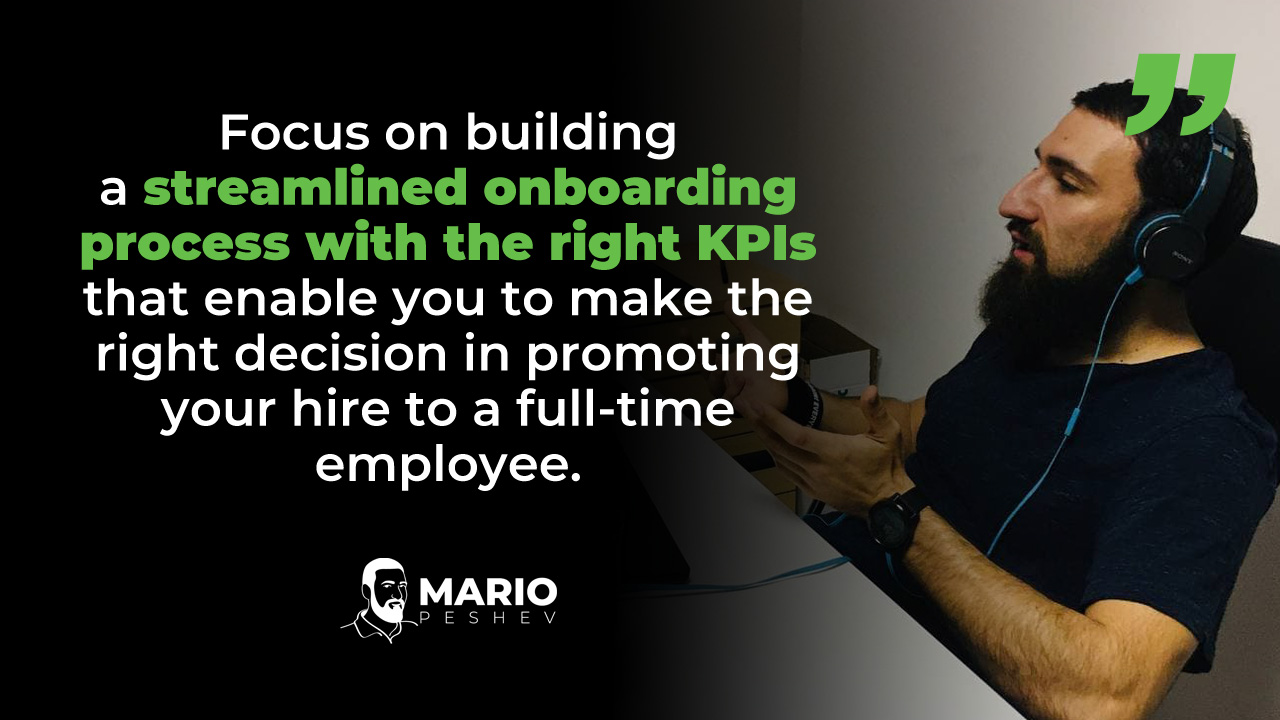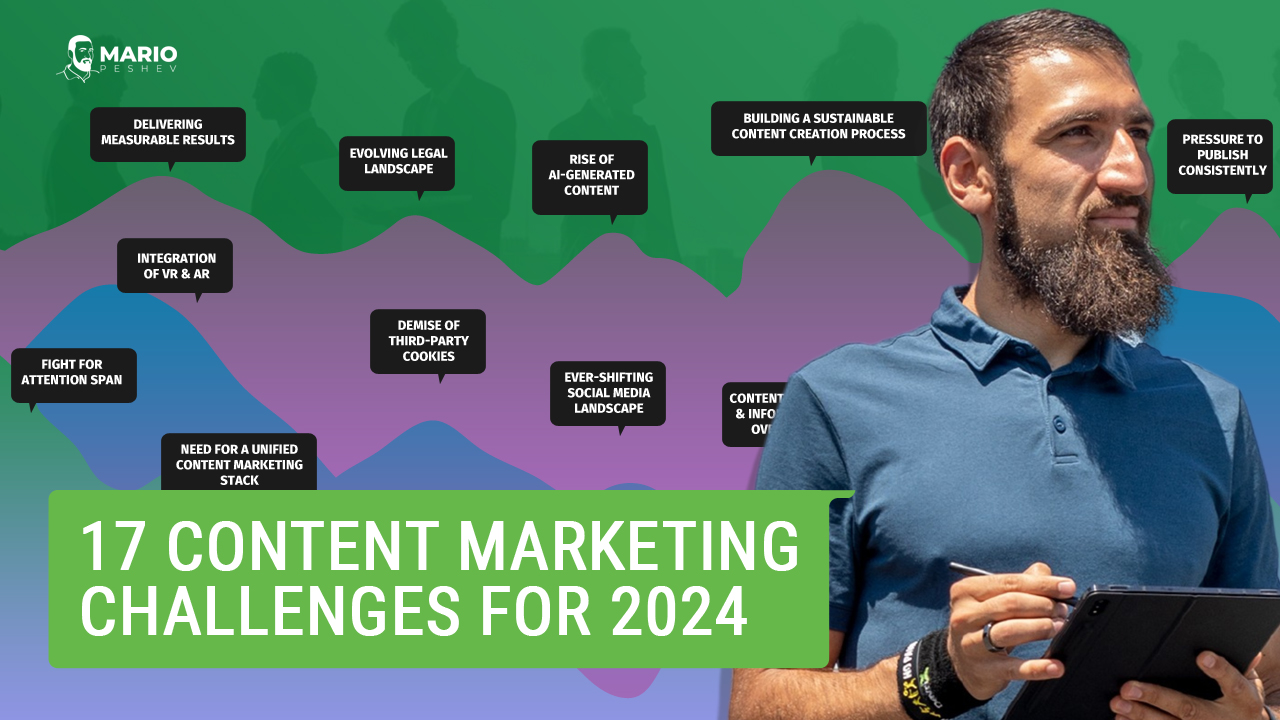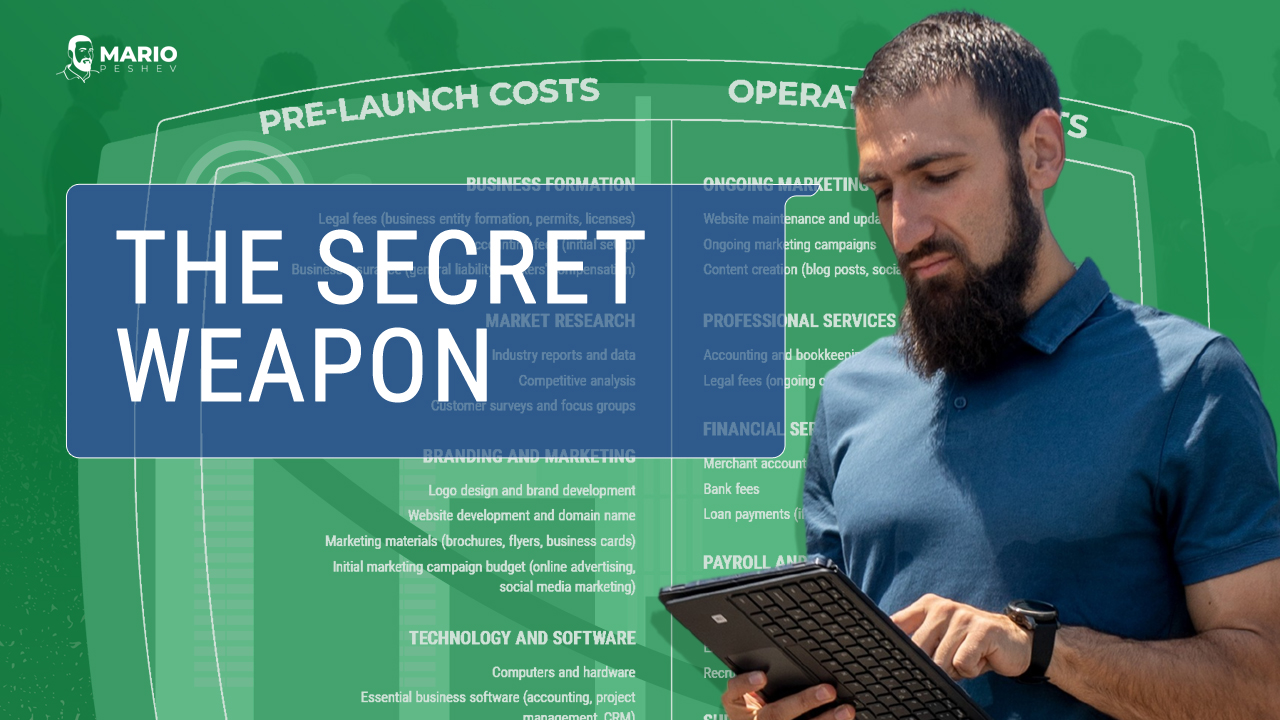Regardless of whether you enforce a probationary period or not, you need to ensure that your new hire has completed the onboarding process successfully and fits the organizational culture.
Even the best recruiters out there can’t gauge employment efficiency during the interview cycle. And several studies, including a recent survey by Checkster Research, show that 78% of applicants misrepresent themselves.
While we continuously refine and improve our recruitment process, certain metrics can’t be deducted over the course of an interview or two. Speed of execution, working in a team environment, and attention to detail are some of the common denominators that require a trial period to ensure a fruitful collaboration in time.
Although probationary periods aren’t formally required for most U.S. businesses, Europe has established a clear difference between a trial hire and a full-time contract worker. Letting go of talent once they are hired as a permanent employee is complicated and usually involves a hefty unemployment benefits package paid for by the employer.
To ensure a healthy and thriving company culture, we have defined the following KPIs that every hire needs to pass in order to be welcomed as a permanent employee in the organization.
Disclaimer: This post was first published on Entrepreneur.com)
1. Acceptance From the Team
Integrating the new recruit during the onboarding process involves different parties — their colleagues, the supervisor, and other team members in charge of shared activities.
Some organizations introduce the concept of an “onboarding buddy” — the go-to person responsible for bringing the new hire up to speed, showing him or her around, and helping him or her get attuned to the best practices.
After spending several weeks interacting with colleagues, interview your peers and find out how they feel about the new hire.
Some probing questions you can ask:
- How closely do you work with John?
- Will Sally be helpful for the next milestone on the roadmap?
- What would be the consequences of Jim not being around in a month from now?
- How much assistance does Tamara need to complete her tasks?
Great hires quickly get up to speed and are able to help out with simple tasks. After the initial onboarding is over, they can handle some assignments independently, are diligent in their work and are polite (or even friendly) with their colleagues.
Having buy-in from their direct colleagues is a healthy signal that it’s worth keeping the person around longer.
2. Handling Feedback
Even senior hires aren’t fully independent during their first month.
Every organization defines its internal set of procedures depending on its workflow, current availability, internal processes and number of staff members across departments. The business model is unique across companies, which leads to different steps a team member has to take to get a job done.
This includes coordination and collaboration between team members and stakeholders, documenting activities and reporting.
The onboarding process — along with the weeks to follow — presents a great opportunity to assess the process of receiving feedback.
Great hires are humble. They understand the adaptation process and comply with the best practices, acknowledging the long-term investment in their personal productivity. Taking feedback into consideration and adjusting the workflow is the expected behavior — and recurring problems are a troublesome signal to take into account.
3. Picking Up The Pace
It’s clear that new hires have to get “up to speed” before they can perform on the job.
As an employer, you establish some introductory tasks that are easier to tackle and gradually increase responsibilities and complexity until the recruit can handle regular tasks with minimum supervision.
This particular process is incremental — more hand-holding at first should become nearly non-exist after the first several weeks.
Upon reviewing the hire’s performance, take velocity into account as well. Job performance is still a matter of projections — how fast does the employee learn the ropes and get adjusted to best practices? Failing to speed their initial pace may be a longer-term challenge when it comes to generating the ROI you expect for the role.
4. Learning New Skills
Hiring any recruit is a long-term investment in talent.
According to the U.S. Bureau of Labor Statistics, salary workers spend 4.1 years on average with their current employer. While deviations across industries and business sizes certainly exist, your onboarding process traditionally revolves around the near-term activities that the recruit has to perform on the job.
Over time, you need to project for market changes, along with additional professional qualifications hires need to undertake in the next year or two. Some examples would be:
- Improving soft skills for a possible supervisor role.
- Learning new tools and systems.
- Engaging in product planning or strategy meetings.
- Mentoring new people.
- Learning new strategies in their corresponding field of work.
Testing the applicants’ learning capabilities can start with the interview process through a number of behavior-based and situational questions. But validating these skills in a practical environment is one of the KPIs we look for when assessing candidates during the probationary period.
5. Taking On Full Responsibility
One of the most common arguments we have during the assessment process is responsibility.
Some hires do great in theory. They communicate well, engage with team members, sift through their to-do lists and understand the semantics of working in the organization.
Upon a closer review, we have realized that a percentage of them haven’t accomplished any particular goals independently. Other colleagues, supervisors, managers and even directors were always involved in decision-making, and no individual decisions were taken even for generic, low-priority duties.
Some of the housekeeping activities simply take forever — incurring loads of overhead and endless loops of back-and-forth.
Have a conversation or two with your hire, stressing the importance of making smart decisions individually. Unless this problem is rectified before the end of the probation period, you risk a constant overhead of looping in strategic team members for every single decision the hire has to make, increasing the cost of action and delaying other critical activities instead.
6. Accountability
One of our agency partners lost a senior engineer several months ago. I was sincerely concerned and got in touch with him, and the outcome of the conversation caught me off guard.
“It was a blessing in disguise,” he said. While reviewing his annual availability, the former team member was absent 1.2 days a week on average.
While everyone has his or her own personal life to take care of, along with a number of possible medical conditions that could get in the way, relying on every team member is a part of the equation.
Being late on a regular basis, taking unexpected “days off” for personal errands and requesting remote work “last minute” because of construction work at home (and missing essential team meetings) are some of the caveats that result in requiring a backup available five days a week to ensure that the job gets done.
This can jeopardize existing contracts by missing deadlines — and results in the constant pressure of asking whether the hire will show up the next day or not.
Dealing with recruitment is a serious undertaking that great leaders don’t take lightly. Finding the balance between being a good leader and caring about every single individual, yet hitting professional milestones, requires determination and hard work.
This puts the onus on the recruitment and retention process, ensuring that the organization hires great talent that fits the company culture and supports all team members.
Sit down and revise your recruitment policy. If you successfully manage to hire top talent every single time, great. Otherwise, focus on building a streamlined onboarding process with the right KPIs that enable you to make the right decision when it comes to promoting your hire to a full-time employee.
As a leader, balancing empathy and accountability requires strategic recruitment and a well-defined onboarding process. By focusing on cultural fit and setting clear expectations from the beginning, you can reduce the need for constant backup plans and build a team you can depend on.
Investing in a streamlined onboarding program with measurable key performance indicators (KPIs) empowers you to make informed decisions about employee retention and promotion. Remember, hiring the right talent in the first place is foundational to building a reliable, successful team.
By prioritizing accountability, implementing intelligent hiring practices, and fostering a supportive team environment, you can create a workplace where success becomes the norm.




